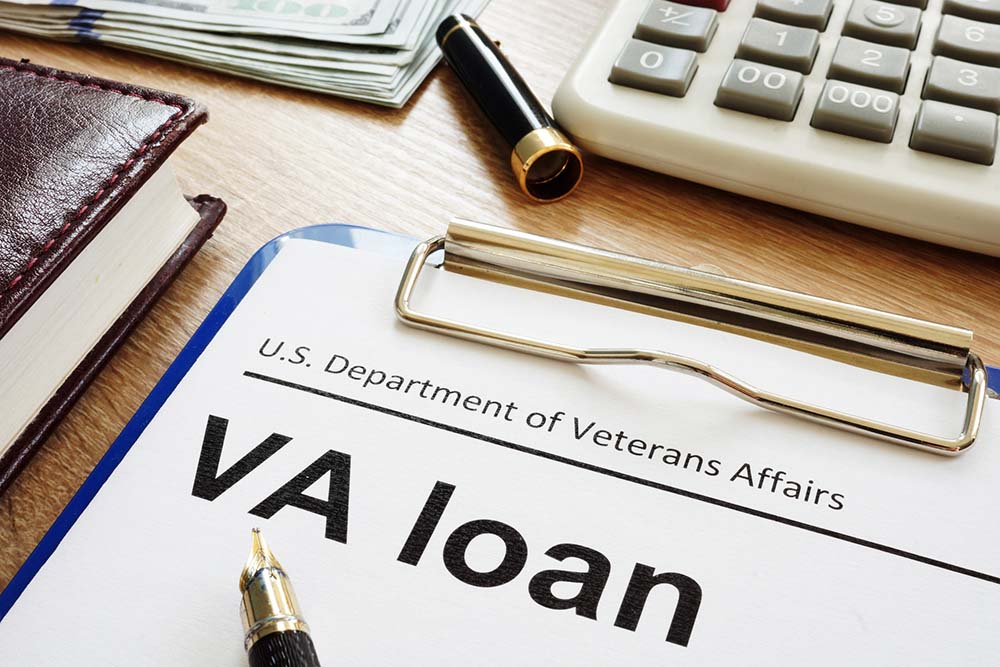
Veteran Affairs (VA) Loan Program established by the USDVA provides financial assistance to veterans with regard to mortgages and home loans.
One of the important questions that arise with the VA loan is; how much can one borrow.
The answer has many layers to it. So, to make it easier for you, we have compiled a list which you should go through before borrowing a VA loan.
First thing first. Loans are issued through private lenders and not by the federal government, however it is backed by the federal government. The VA loan program ensures that veterans and active service members can access the available loans with ease.
1. VA Loan Limit
Ideally, there is no limit to a VA loan. One can borrow as much as one needs.
But, in general, VA assures up to a sum of $453,100 in most counties. In the expensive counties, it can go up to $679,650. For instance, in Honolulu county, it can go up to $721,050.
2. VA Down Payment
VA loan ensures that the veterans can get assured loans without any hustle of down payment. However, the down payment waiver is to a certain principal amount, above which the lender may still approve the loan but with the down payment.
3. VA Guarantee
If the borrower defaults, VA program will cover the sum up to 25% of the principal amount. In most of the US counties they have a system of two-tier of entitlement amounts. One is of a lower amount of $36,000 and the other a bit higher of $77,725.
The VA guarantee assures one-fourth of the total principal amount. This amount could vary depending on the state as the property rates vary.
4. Ready-to-Move vs. New Home Construction
Is the loan limit to construct a new home the same as ready-to-move in house?
The answer is ‘Yes’.
The VA program doesn't have a different set of guidelines for these. Once you have identified the loan provider, they will guarantee the 25% amount. That’s why you can either buy a ready-to-move home or construct a new home, using VA loan.
5. Debt to Income Ratio
Debt to income ratio is a known parameter that lenders use to evaluate a safe limit. Lenders use such valuation to determine the maximum amount you can borrow. Your annual income, any existing loans – mortgage, car or student loan, significant debts will be considered to calculate this ratio.
Generally, lower the ratio, higher the limit.
However, with VA loans you can get the loan even with a higher debt to income ratio.
6. Property Appraised Value
The loan value cannot be more than that of the appraised value of the property. So, before applying for the loan, do check the value of the property and the amount you have applied for.
Also, if you find the value of the property is depreciating, it is wise to reconsider the amount and in dire cases the property too.
7. Residual Income Factor
Residual Income is the income left with you after your fixed and significant debts are met to carry out your livelihood.
The VA guidelines also provide the residual income based on region and members in a family. It is worth referring to as the lender may fix a certain principal amount for loan to ensure you can pay back.
Conclusion
There is no specific upper limit defined. It is entirely based on the market, your debts and income, etc. Even if you exceed the limit, the VA loan does not stop you from taking the loan, however, the coverage of 25 percent is valid till a certain amount. In some cases, down payment may be required based on the profile.
Understanding these several nuances will help you make an informed decision and utilize the VA loan to your advantage.
